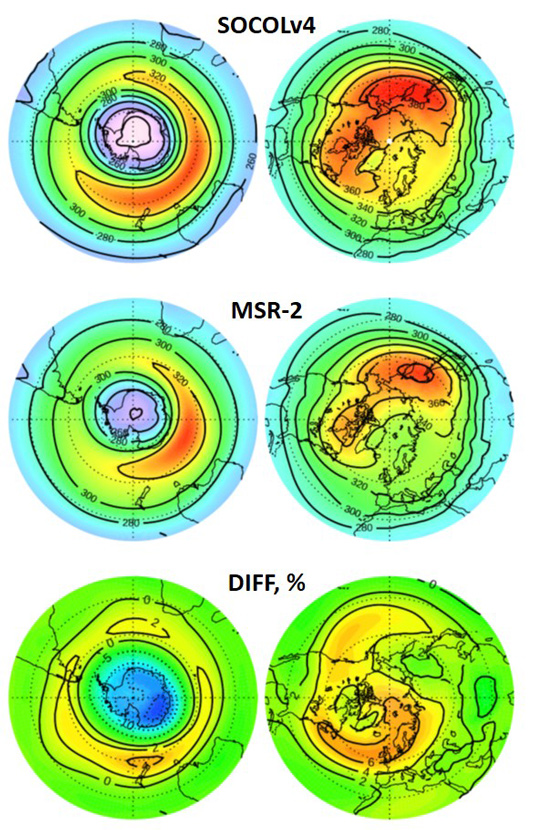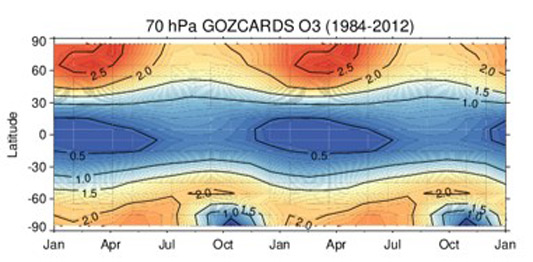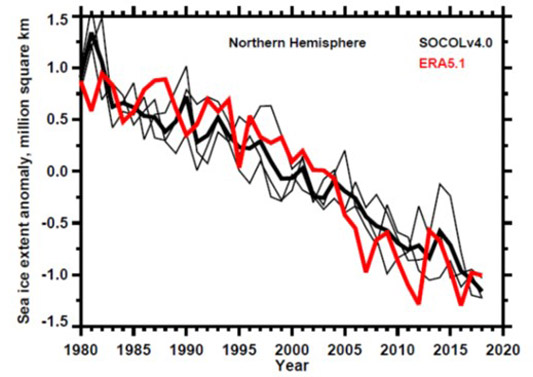Overview
The POLE project (Past and future of the Ozone Layer Evolution) aims to analyse the benefits of the Montreal Protocol and its Amendments (MPA) to increase public acceptance of its necessity, to project and estimate the time when ozone layer recovery will occur, and to analyse observational and model data to detect changes in the ozone layer evolution.
The project will provide understanding and direction about how to protect the ozone layer and to make more accurate climate predictions. An impact on society and policymakers is foreseen, because we will suggest a way to guarantee ozone recovery even if extremely unfavorable future scenarios play out. The project will allow Switzerland to expand its participation in international assessments and activities aimed at conservation of the ozone layer as well as to underpin policy positions on sustainable development.






